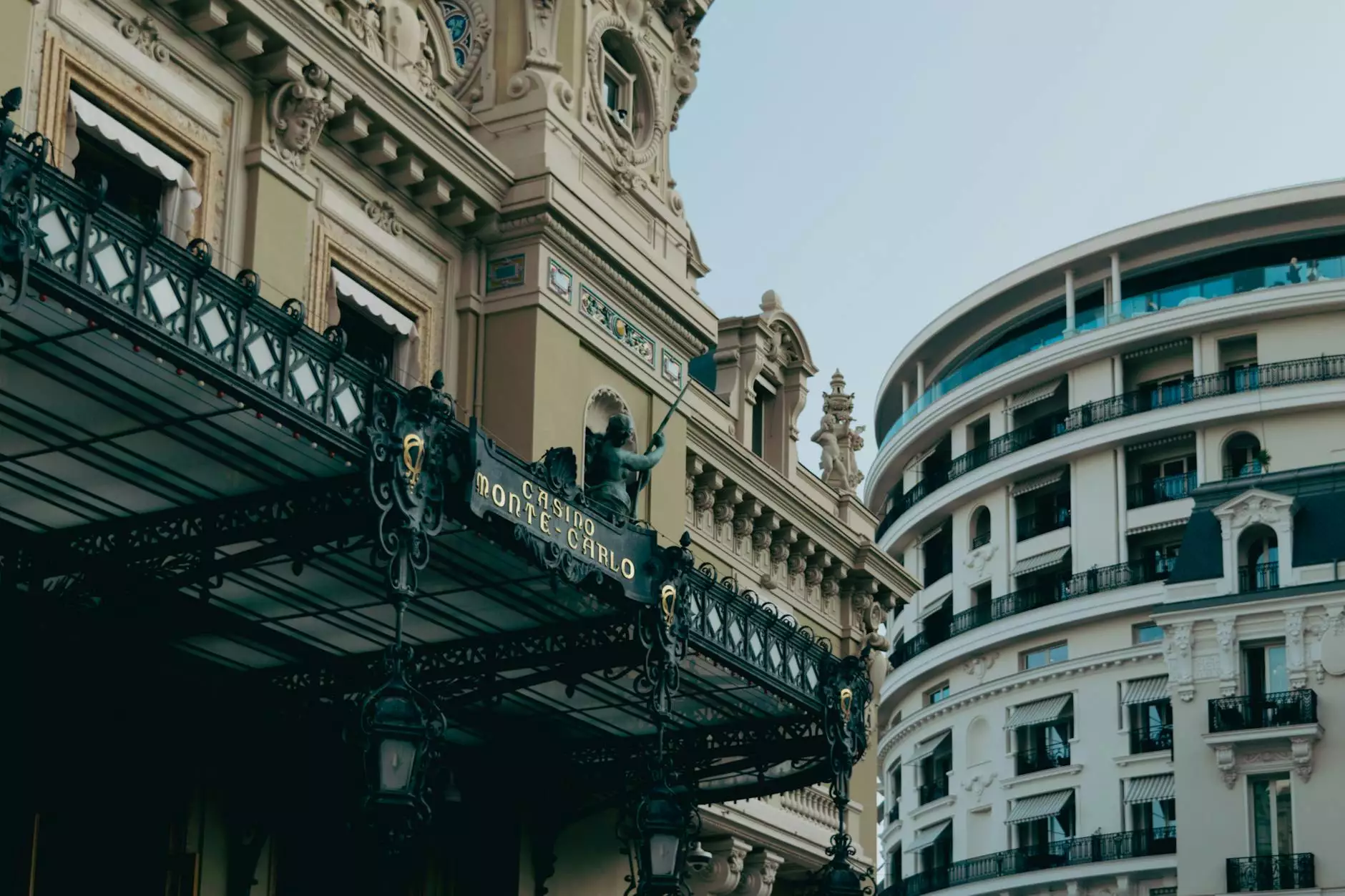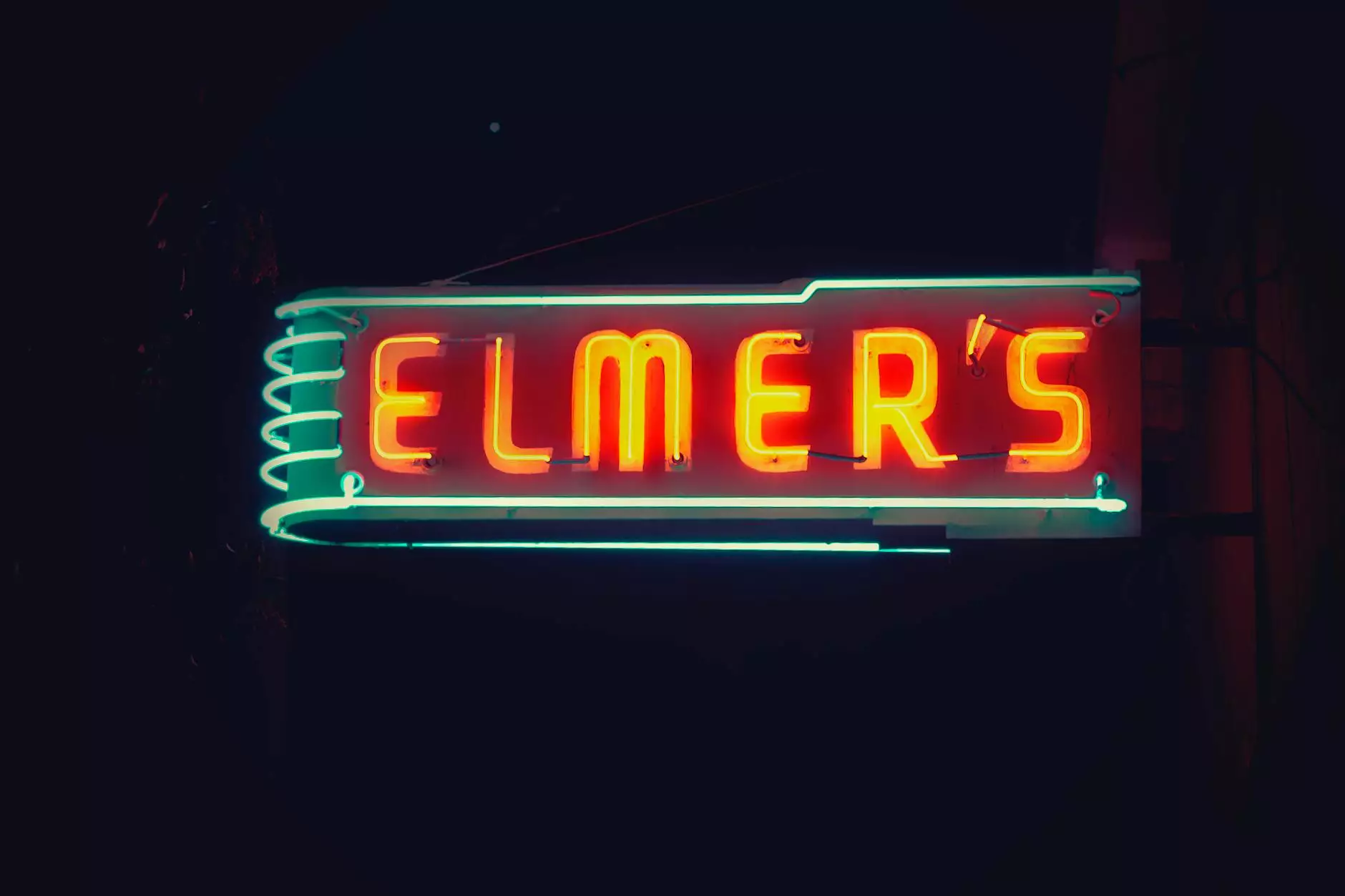Exploring the World of Site-Specific Public Art

Site-specific public art is a fascinating realm that transcends traditional art forms by connecting directly with its environment. Unlike other forms of art that can exist in isolation, site-specific art is intrinsically linked to the location in which it resides. This article delves into the many dimensions of site-specific public art, analyzing its significance, various forms, and the impact it has on communities and the environment.
What is Site-Specific Public Art?
Site-specific public art refers to artworks created to exist in a certain place. The context of the location heavily influences the art, making it more than just an aesthetic addition; it becomes part of a narrative woven into the environment. This type of art can be temporary or permanent and often responds to the cultural, historical, or social essence of the space.
The Historical Context of Site-Specific Public Art
The origins of site-specific public art can be traced back to the 1960s and 1970s when artists aimed to break away from traditional gallery spaces. They sought to engage viewers in new ways by placing their artwork in public spaces. This movement grew out of various socio-political contexts, where art became a tool for social commentary and interaction. Noteworthy examples from this era include Robert Smithson’s Spiral Jetty and Christo and Jeanne-Claude’s large-scale environmental works, demonstrating artistic engagement with natural landscapes.
The Evolution of Public Art
As the years progressed, site-specific public art evolved, integrating technology and interactive elements. Today, artists like Grimanesa Amoros utilize a blend of light, projection, and community involvement to create immersive experiences that not only beautify spaces but also foster dialogue and community engagement. Furthermore, this evolution reflects changing societal values and technological advancements.
The Importance of Site-Specific Public Art
The significance of site-specific public art is multifaceted. It serves various purposes that benefit both the artist and the community. Here are a few key aspects:
- Community Engagement: Public art invites participation and engagement from local residents, fostering a sense of ownership and pride in the community.
- Cultural Reflection: These artworks often reflect the history, culture, and identity of the locale, creating a shared narrative that resonates with those who live there.
- Economic Development: Innovative public art can attract tourism, boost local businesses, and enhance property values, positioning the location as a cultural hub.
- Dialogue and Social Change: Public art can provoke thought and dialogue about pertinent societal issues, acting as a catalyst for social change.
Types of Site-Specific Public Art
Site-specific public art encompasses a wide range of forms and mediums. Here are some prevalent types:
1. Mural Art
Mural art is perhaps the most recognizable form of site-specific public art. Artists paint large-scale works directly onto building walls. These murals can celebrate local culture, depict historical events, or convey social messages, making public space more vibrant and engaging.
2. Sculptural Installations
Sculptural installations, whether temporary or permanent, can transform public spaces by introducing three-dimensional artworks. Artists like Grimanesa Amoros often create installations that incorporate light and interact with their surroundings to enhance the viewer's experience.
3. Performance Art
Performance art is another exciting dimension of site-specific public art. These live events engage audiences actively, often invoking emotional responses or commentary on societal issues. Locations can be urban streets, parks, or community centers, allowing artists to engage with diverse audiences.
4. Interactive Art
With technology advancing rapidly, interactive art has become increasingly popular in public spaces. This includes installations that invite spectators to participate—physically or digitally—turning the audience into part of the artwork and creating unique personal experiences.
Challenges Faced in Site-Specific Public Art
Despite its many benefits, site-specific public art also faces challenges that can hinder its development and acceptance. Common challenges include:
- Funding: Securing financial support can be difficult, as public art projects often require significant resources for materials, labor, and permits.
- Bureaucratic Hurdles: Artists may encounter bureaucratic challenges when seeking permissions from city officials or local governments.
- Community Resistance: Not all residents may appreciate or understand the artistic intent behind site-specific works, leading to resistance or controversy.
- Maintenance: The longevity of public art can be compromised due to environmental factors, vandalism, or neglect, prompting ongoing discussions about responsibility.
Case Studies of Successful Site-Specific Public Art
Numerous examples of site-specific public art have successfully engaged communities and transformed spaces. Here are a few standout case studies:
1. The High Line, New York City
The High Line is an elevated linear park built on a disused railroad track. It integrates landscape design with art installations, showcasing works from various artists that reflect the urban environment's character. This project has not only revitalized the neighborhood but also established a precedent for combining public art with urban renewal.
2. The Gates, Central Park, New York City
In 2005, artists Christo and Jeanne-Claude installed 7,503 gates with flowing orange fabric throughout Central Park. This temporary installation transformed the park into a dynamic visual spectacle, drawing visitors from around the world and igniting conversations about the nature of art and its relationship with the environment.
3. Grimanesa Amoros's Light Installations
Renowned artist Grimanesa Amoros focuses on light as a medium, often creating luminous installations that illuminate spaces and evoke emotional responses. Her projects, such as the "Luminous City" installation, engage viewers by blending art and architecture, showcasing the transformative power of light in public spaces.
The Future of Site-Specific Public Art
The future of site-specific public art appears bright, driven by innovative artists like Grimanesa Amoros and increasingly engaged communities. As public art continues to evolve, several trends are emerging:
- Digital Integration: The incorporation of digital technology will allow for more interactive and immersive installations, enhancing viewer engagement.
- Environmental Consciousness: Artists are now more aware of environmental issues, creating works that reflect sustainable practices and advocate for ecological awareness.
- Community-Centric Approaches: Future projects will likely focus on collaboration with community members to ensure that the created works resonate with local identities and needs.
- Global Collaboration: Artists worldwide are increasingly collaborating across borders, sharing ideas and influences that enrich the fabric of public art.
Conclusion
In conclusion, site-specific public art is a powerful form of expression that plays a pivotal role in shaping the character of urban spaces. As we have explored, it fosters community engagement, reflects cultural narratives, and contributes to economic development. Through the work of visionary artists like Grimanesa Amoros, the possibilities for public art continue to expand, promising exciting and transformative experiences for future generations. Embracing this form of art not only enhances our surroundings but also invites us to engage deeply with the stories and identities that define our communities.
As we look ahead, let us continue to support and advocate for site-specific public art, recognizing its vital place in the cultural landscape and its power to bring people together.









